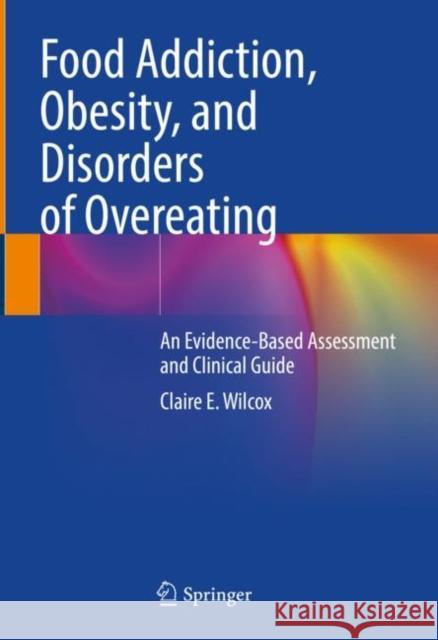Food Addiction, Obesity, and Disorders of Overeating: An Evidence-Based Assessment and Clinical Guide » książka
topmenu
Food Addiction, Obesity, and Disorders of Overeating: An Evidence-Based Assessment and Clinical Guide
ISBN-13: 9783030830779 / Angielski / Twarda / 2021 / 212 str.
Food Addiction, Obesity, and Disorders of Overeating: An Evidence-Based Assessment and Clinical Guide
ISBN-13: 9783030830779 / Angielski / Twarda / 2021 / 212 str.
cena 576,96 zł
(netto: 549,49 VAT: 5%)
Najniższa cena z 30 dni: 575,62 zł
(netto: 549,49 VAT: 5%)
Najniższa cena z 30 dni: 575,62 zł
Termin realizacji zamówienia:
ok. 20 dni roboczych.
ok. 20 dni roboczych.
Darmowa dostawa!
Kategorie BISAC:
Wydawca:
Springer
Język:
Angielski
ISBN-13:
9783030830779
Rok wydania:
2021
Wydanie:
2022
Ilość stron:
212
Waga:
0.68 kg
Wymiary:
25.91 x 20.32 x 1.52
Oprawa:
Twarda
Wolumenów:
01











